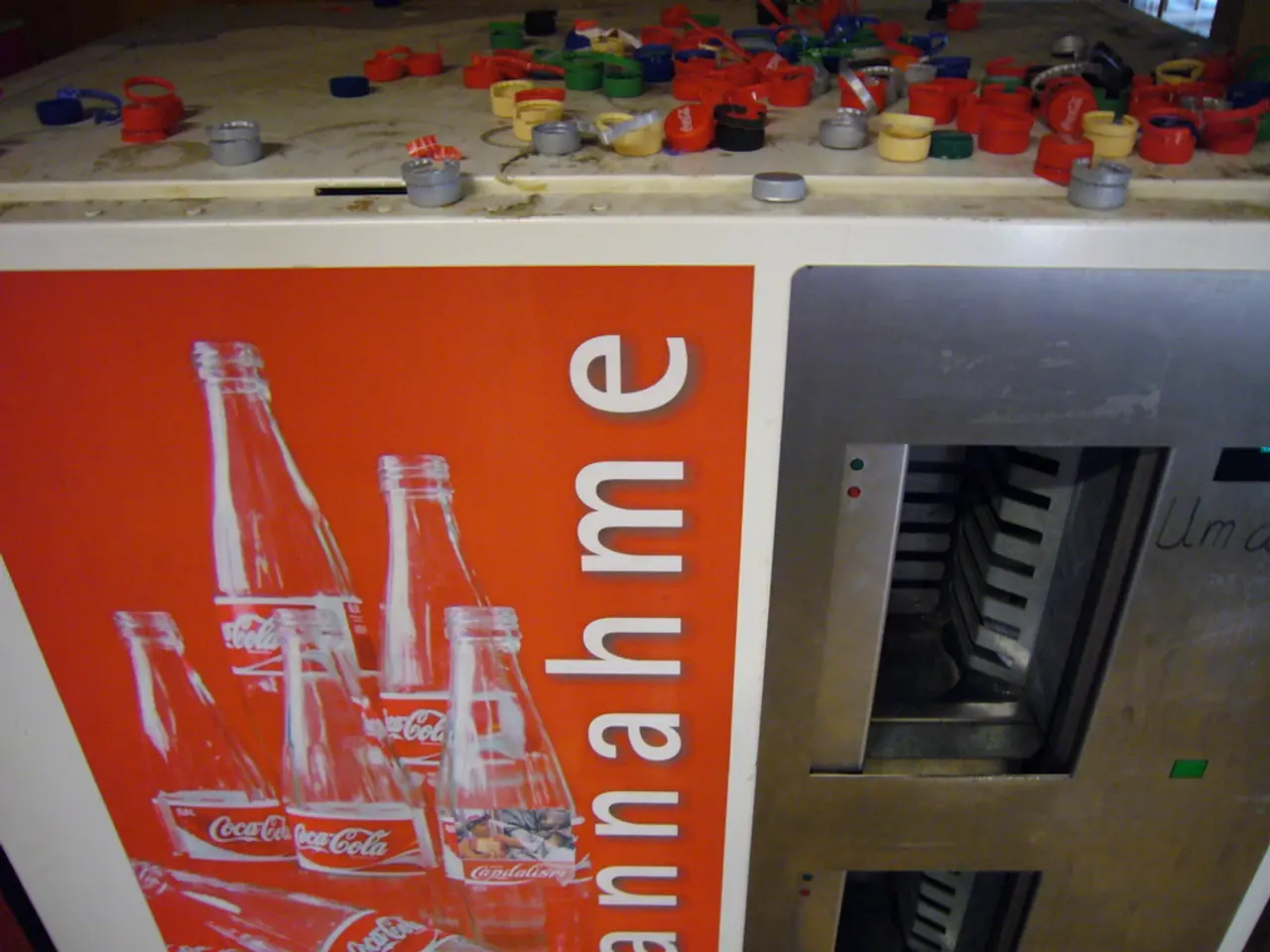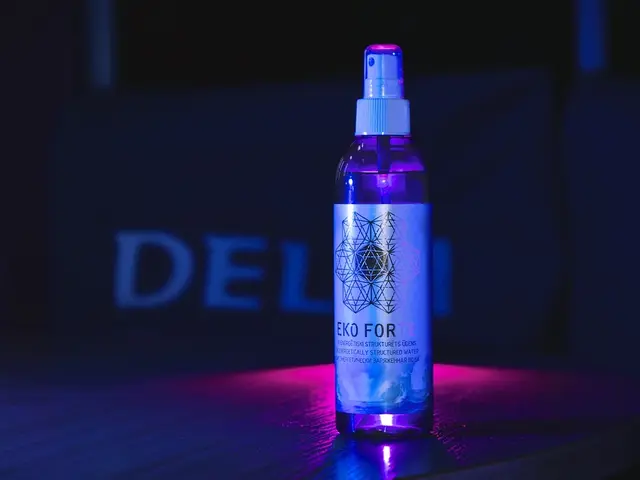Disconnecting for Clarity: Enhance Mental Acuity and Concentration amidst the Digital Age
In the digital age, it's no secret that screens dominate our daily lives. On average, an adult spends over 7 hours per day glued to their devices, with social media accounting for approximately 2 hours and 30 minutes [1]. This constant connection can lead to a host of physical and mental health concerns, prompting many to consider a digital detox.
A digital detox is a planned process designed to minimise stress, improve mental health, and connect with the physical environment and fulfilling offline activities. By unplugging from constant screen exposure and digital distractions, individuals can experience a myriad of benefits for their mental, emotional, and physical well-being.
One of the most significant advantages of a digital detox is reduced stress and anxiety. Limiting screen time lowers cortisol levels and diminishes the mental load caused by constant notifications and the pressure to stay updated, leading to a calmer mind and less FOMO (Fear of Missing Out) [2][3].
Improved focus and productivity are another key benefit. Taking breaks from technology reduces distractions, enhancing concentration and allowing tasks to be completed more efficiently [4][5]. A digital detox also resets the brain from cognitive overload, boosting creativity, mental sharpness, and emotional well-being [6][7].
Better sleep quality is another advantage. Avoiding screens, especially before bedtime, helps regulate circadian rhythms for deeper, more restorative sleep [8][9]. Strengthening real-life relationships is another benefit, as being less attached to devices enables more meaningful human connections through genuine presence, active listening, and engagement [1][10][11].
Reduced exposure to social media comparison and online noise fosters greater inner peace and emotional balance [12]. Less screen time can also alleviate headaches, eye strain, and poor posture by encouraging breaks and physical movement [13].
Social implications of excessive technology usage include the destruction of face-to-face communications and erosion of social skills. To combat this, it's essential to engage in real-life interactions, such as calling relatives or friends, or cooking for a friend.
To plan a digital detox, set clear goals, start small, incrementally increase breaks, use digital tools for monitoring and restricting use, designate no-tech zones, schedule screen-free time, and use technology mindfully (remove unnecessary people from feeds, disable non-essential notifications) [14].
After a digital detox, adopt a sustainable digital routine with clear boundaries for device usage, intentional usage, regular tech breaks, mindful consumption, and continuous self-reflection. Handle work obligations by informing acquaintances of your digital detox plans, setting limited work-related time slots, and using standard email autoresponders.
Inform people of your digital detox plans to avoid expectations during the detox period and build a support system by informing close friends or family about your digital detox plan. Pick up a hobby during a digital detox, such as painting, knitting, or cooking, to fill the void left by screens.
Overall, a sustained digital detox helps reclaim personal time, fosters mindfulness and relaxation, and leads to a more balanced and fulfilling life both mentally and physically [1][15][16]. Embracing a digital detox can be a powerful tool for improving well-being and reconnecting with the world offline.
References: [1] https://www.statista.com/statistics/283497/daily-use-of-social-media-worldwide/ [2] https://www.ncbi.nlm.nih.gov/pmc/articles/PMC5824085/ [3] https://www.ncbi.nlm.nih.gov/pmc/articles/PMC6066478/ [4] https://www.ncbi.nlm.nih.gov/pmc/articles/PMC6265389/ [5] https://www.ncbi.nlm.nih.gov/pmc/articles/PMC6826083/ [6] https://www.ncbi.nlm.nih.gov/pmc/articles/PMC6049914/ [7] https://www.ncbi.nlm.nih.gov/pmc/articles/PMC6066478/ [8] https://www.ncbi.nlm.nih.gov/pmc/articles/PMC6066478/ [9] https://www.ncbi.nlm.nih.gov/pmc/articles/PMC6265389/ [10] https://www.ncbi.nlm.nih.gov/pmc/articles/PMC6066478/ [11] https://www.ncbi.nlm.nih.gov/pmc/articles/PMC6826083/ [12] https://www.ncbi.nlm.nih.gov/pmc/articles/PMC6826083/ [13] https://www.ncbi.nlm.nih.gov/pmc/articles/PMC6265389/ [14] https://www.ncbi.nlm.nih.gov/pmc/articles/PMC7237610/ [15] https://www.ncbi.nlm.nih.gov/pmc/articles/PMC6066478/ [16] https://www.ncbi.nlm.nih.gov/pmc/articles/PMC6826083/
- A digital detox can boost mental health by reducing stress and anxiety, diminishing cortisol levels, and promoting a calmer mind.
- By disconnecting from technology, individuals can increase their focus and productivity, making tasks more manageable and improving overall efficiency.
- Better sleep quality can be achieved through a digital detox, as avoiding screens before bedtime helps regulate circadian rhythms for deeper, more restorative sleep.
- Engaging in real-life relationships becomes easier with a digital detox, enabling more meaningful human connections through genuine presence, active listening, and engagement.
- Embracing a digital detox can lead to greater inner peace and emotional balance, reducing exposure to social media comparison and online noise.







